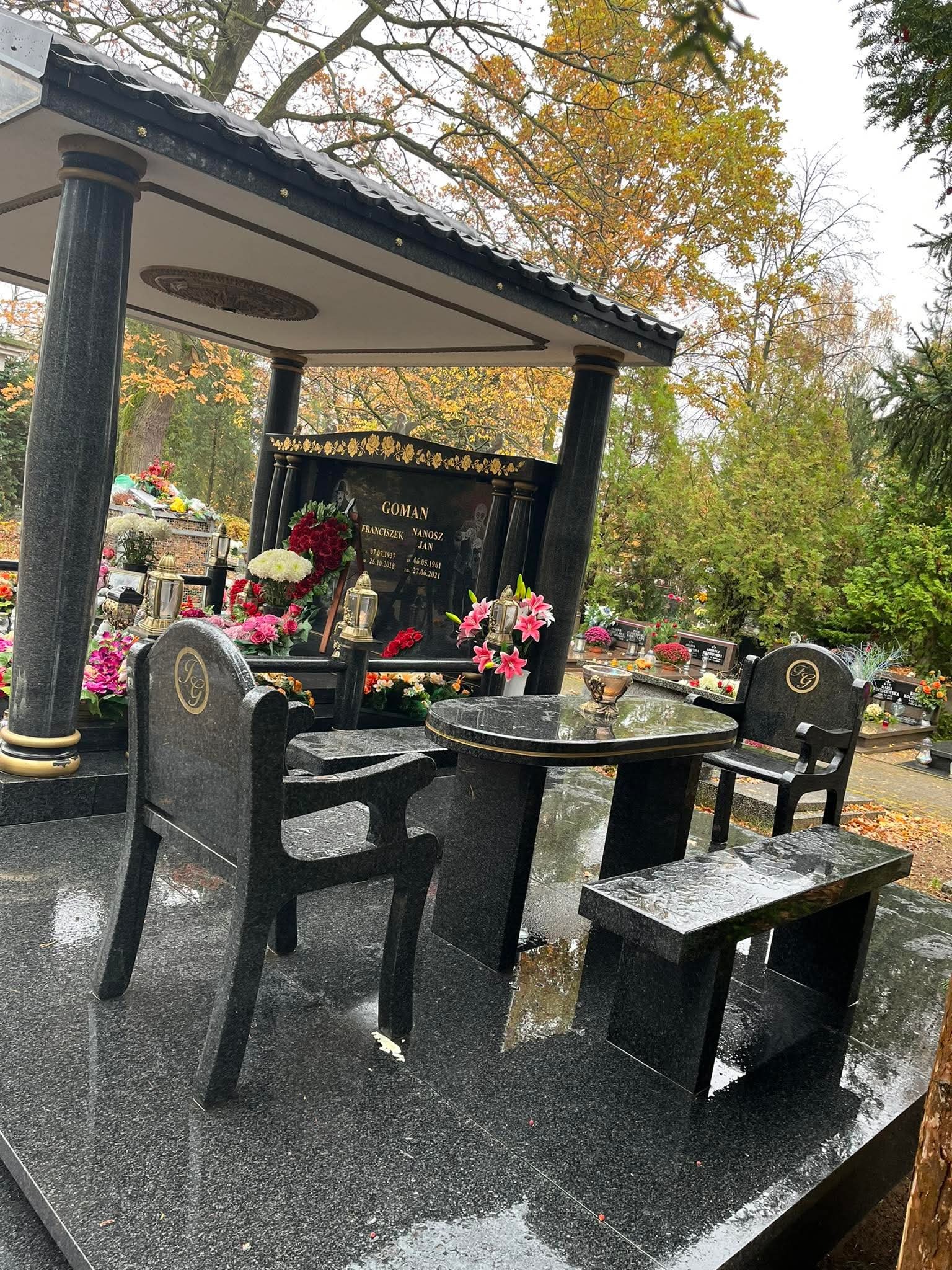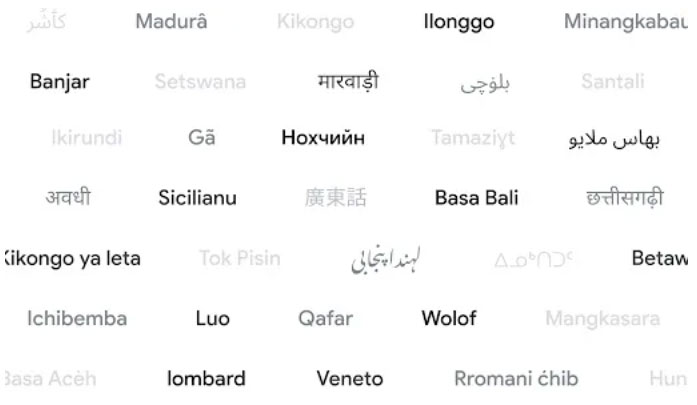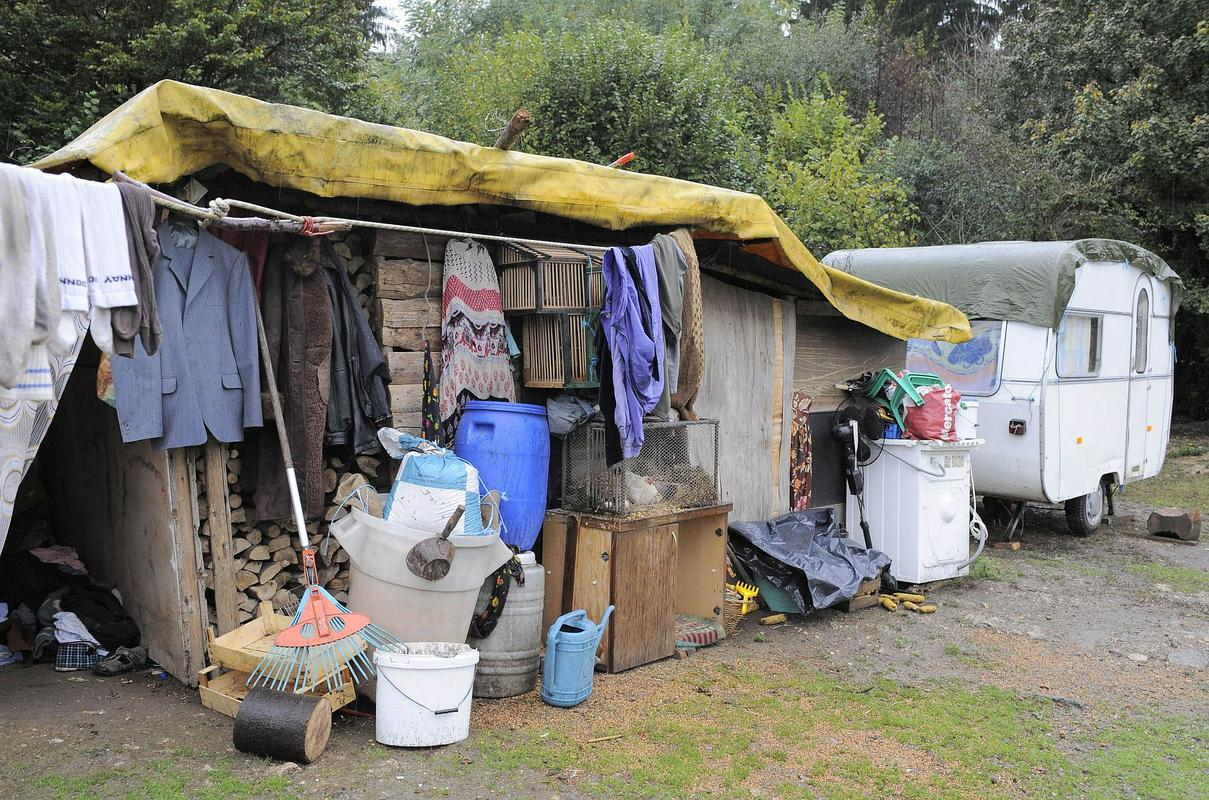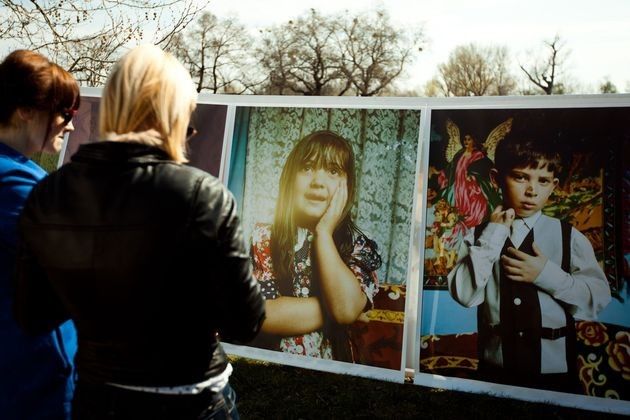An article in the Slovak press on the international Romanes day.
16 years ago, in 2009, at a conference on the Romani language in Zagreb, linguists, educators and leaders of Romani organizations from 15 European countries declared November 5th as the International Romani Language Day. The United Nations Educational, Scientific and Cultural Organization – UNESCO also designated November 5th as the World Romani Language Day in 2015.
Romanes is taught in schools in Slovakia and is used in the media.
Romanes is an Indo-Aryan language that belongs to the Indo-European language branch. István Vályi, who came from the area around today’s Komárno, was one of the first to conclude in the 18th century that the Romani language is of Indian origin. While studying theology in the Netherlands, he met students from India and, in conversations with them, realized that the language they spoke was similar to the language of the Roma from his native region.



